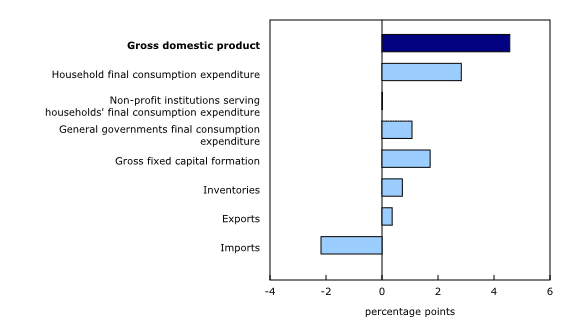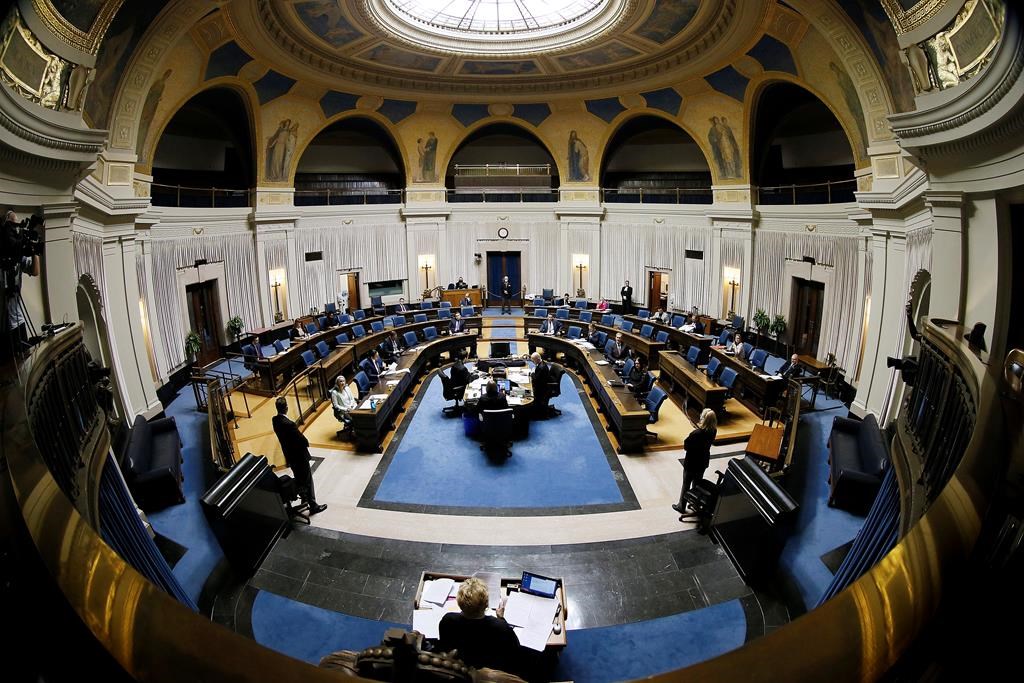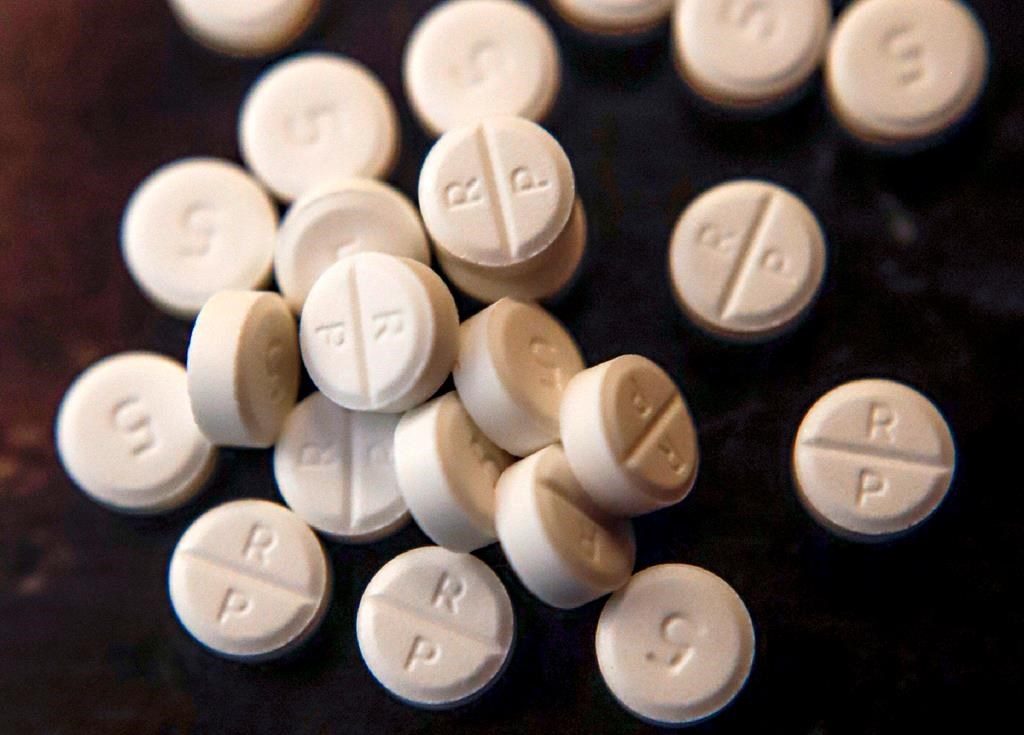Canada’s economy grew at an annual rate of 6.7 per cent at the end of 2021

Posted March 1, 2022 5:47 am.
Last Updated March 1, 2022 8:20 am.
Statistics Canada says the gross domestic product in December was the exact same as it was in November.
However, the final quarter of last year did show a continued growth of 1.6 per cent.
The GDP also saw an overall rebound from the decline in 2020 due to the pandemic, finishing 4.6 per cent in 2021.
“Growth in real GDP was driven by business investment in engineering structures (+3.5%) and home ownership transfer costs (+14.3%), which include commissions and land transfer taxes associated with home resale, and by an accumulation of inventories. Increases in international exports were overshadowed by larger increases in imports. Rising prices moderated growth in household final consumption,” Statistics Canada said in its release Tuesday.

Real GDP posted a strong 4.6% growth in 2021, after the COVID-19 pandemic-induced decline (-5.2%) in 2020. Credit: Statistics Canada
Gains in household spending showed a turnaround in the economy at the end of 2021, due to a change in Canada’s COVID-19 fight as activities outside of the home increased.
“Working from home, savings from less travel and low mortgage rates fostered spending on housing. Across the country, new home construction, resales and renovations increased at near-record levels in 2021. Household mortgage debt was up 10.3% in 2021, an unprecedented increase of $182.4 billion,” Statistics Canada said.
It comes ahead of tomorrow’s scheduled rate announcement where the Bank of Canada is widely expected to raise its key policy rate.








